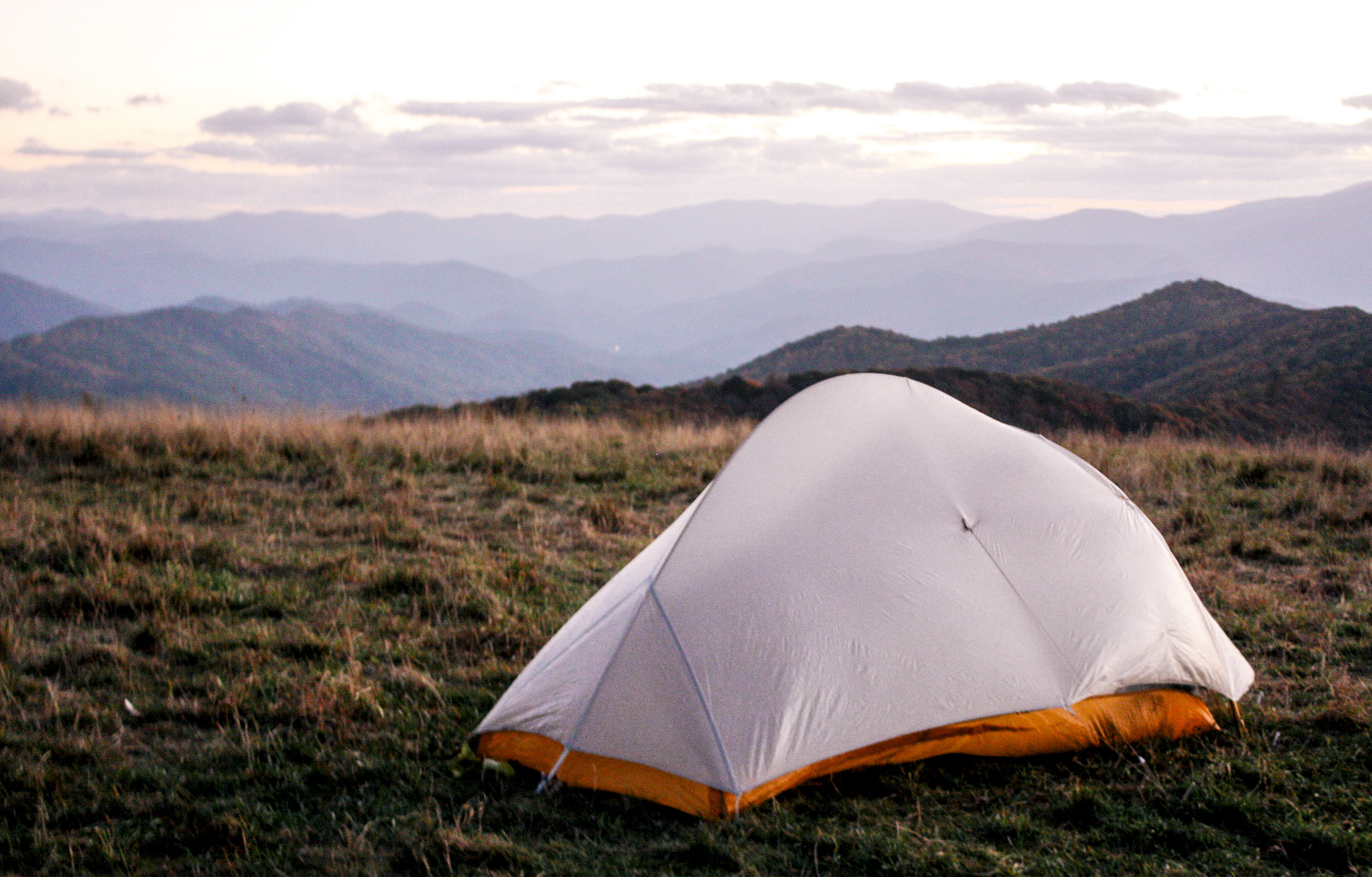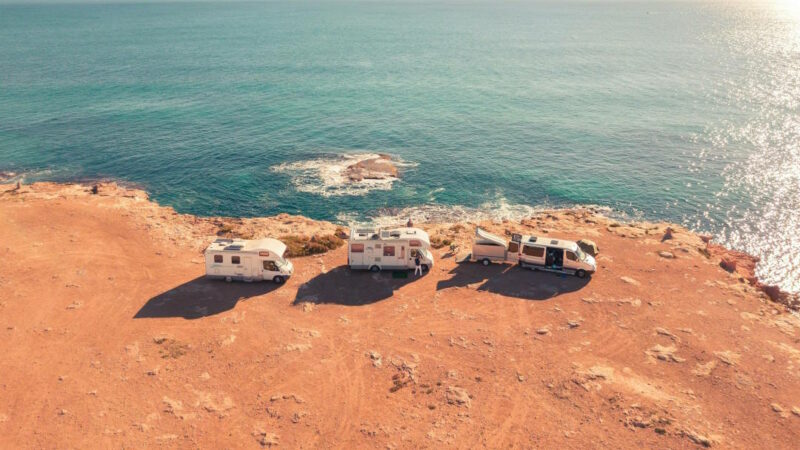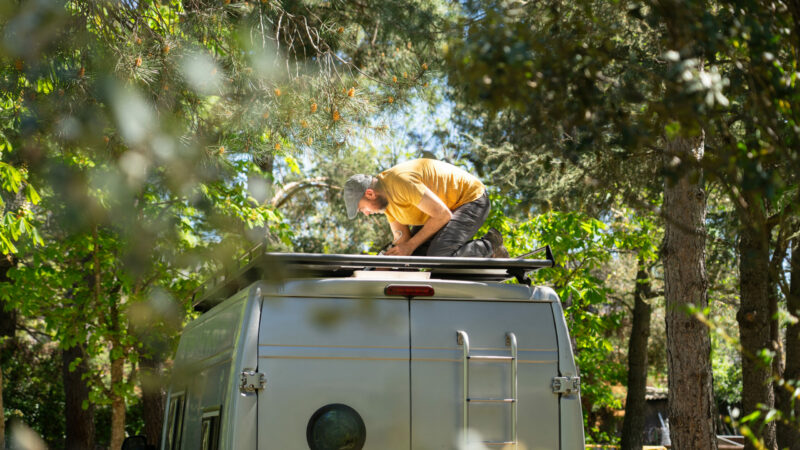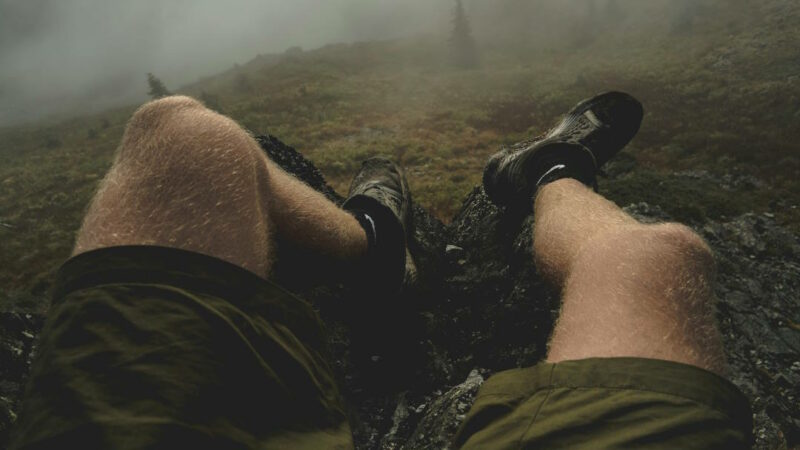Is a Footprint Necessary for Your Backpacking Tent? | I Heart RVing

If you’re going on an adventure and have only a backpack, you want to pack solely the essentials. Anything bulky and heavy has to go, and this might include a tent footprint. This camping staple might be essential when traveling heavier, but you want to be thoughtful about your needs and carrying capacity.
What is a footprint for a tent good for, and should backpackers prioritize it among other amenities for the road ahead?
Understanding Tent Footprints
Those interested in the RV lifestyle, the great outdoors or sustainable travel know tent footprints are protective fabric floorings for campers. They are also called ground cloths and are one of many shelter choices for hikers.
What is a footprint for a tent? It covers the ground inside the tent and measures the tent’s square footage. If you want to use one correctly, you should lay footprints on the ground at the beginning of tent pitching. It lets you position the tent in the most optimal spot.
This reduces exposure to insects, rocks and plants. They are normally waterproof, so you can stay even as the morning dew comes in. They are usually made from synthetic materials. Any water-resistant and foul-weather gear requires maintenance to work properly. If you bring a footprint, you’ll also have to include items for repairing damage to ensure safety during use.
Weighing the Pros and Cons
While covering uneven ground sounds ideal, there are benefits and drawbacks to using tent footprints.
Cons
Because of the size, it will take up significant space in a backpack and have varying weights depending on its material. These could be the biggest determining factors for deciding against it. Traveling with as little as possible is a more eco-friendly way to camp.
Manufacturer-made footprints are also expensive. To cut costs, you could DIY one out of Polycro, Tyvek or similar plastic tarps, but the quality varies.
If you live by the Leave No Trace principles, then a footprint might not align with your lifestyle. Repeated use of tent footprints can slowly erode once-durable surfaces. It takes a long time, but it might be worth considering if these values are something you hold close.
A footprint may also take away the immersive natural experience of backpacking. Some hikers may care more about being close to the earth than shielding themselves from it. You may crave the beaten path, even if it isn’t the most comfortable place to relax.
Pros
Comfortability is the most notable advantage. The footprint encases the tent, giving it better temperature and moisture control than if you were exposed to the bare earth. If it rains, water is less likely to seep in, wake you up and make the tent interior a mess. Many include footprints because they shield the tent from damage. If you’re going to be backpacking for a while, you must consider longevity.
It will also level the ground to a degree. It cannot completely flatten large rocks, but what footprints do for tents is smooth out the ground before putting down your camping pad or sleeping bag. If you want this benefit alone, you could skip packing the whole thing and only carry a rain fly and footprint to make an ultralight tent.
The footprint also reduces your exposure to pests. Nobody wants to wake up in the middle of the night to ants or other critters sneaking into your sleeping space. Resourceful campers use footprints to put a healthy distance between themselves and insects and other wildlife so everyone’s camps are undisturbed.
Deciding When to Use a Tent Footprint
If you need to know more to inform your decision, here are a few other practical tips to guide you:
- What is your experience level? If this is your first time on an extensive backpacking trip, you might want to pack a footprint. The RV camping life may have gotten you used to having one, even if you had limited space in the car. So, you shouldn’t have to feel miserable on your trip if it improves your well-being. You could always experiment a night or two without it, and it can inform future excursions.
- How old is your tent? If your setup is well-loved, you might need to include a footprint to extend its life a little bit. You could also replace the whole tent, but it may be less cost-effective.
- What else is in the backpack? A footprint might be more important than recommendations for influencer blogs. Choose everything with intention, and focus on gear suggested by experts like rescue volunteers.
Deciding Whether a Footprint Is Necessary
You are going to think about your backpack more than you ever have before, especially if this is your first venture. Whether or not a tent footprint fits into this equation is entirely up to you. Successful trips happen with and without them, and most decisions boil down to personal preferences and priorities. Take a moment to brainstorm how you want your camping life to look with these suggestions in mind to make an informed decision.
Source: https://iheartrving.com/blog/is-a-footprint-necessary-for-your-backpacking-tent/







